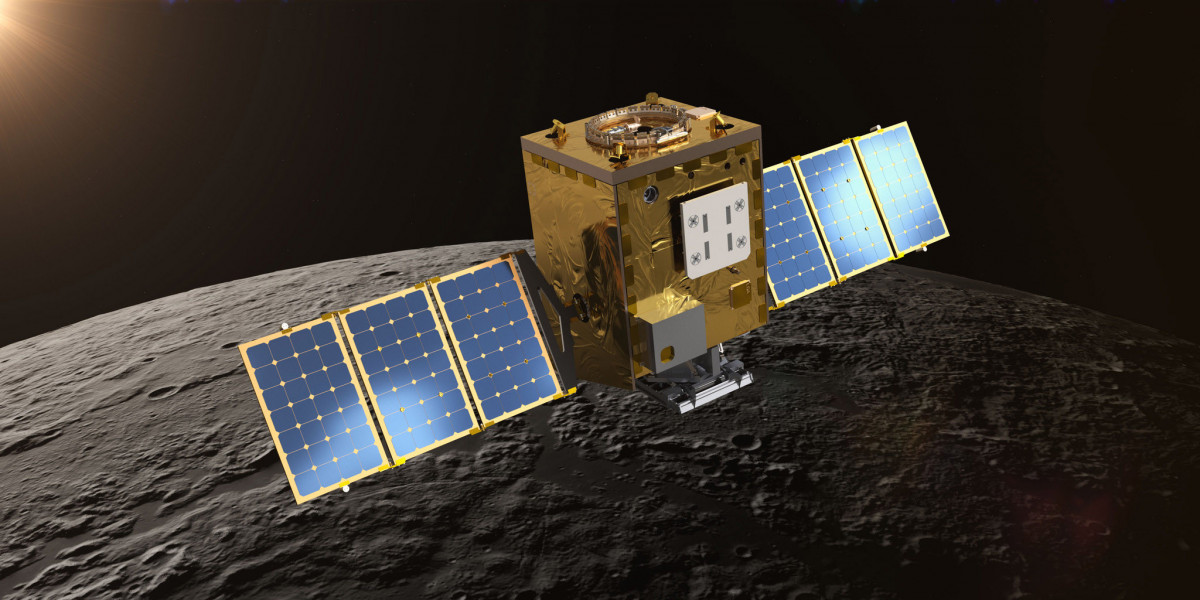Introduction
The small satellite market has been expanding rapidly, driven by advancements in miniaturization, cost-effective launch solutions, and increased commercial and governmental demand. However, despite its rapid growth, the industry faces significant challenges due to supply chain disruptions and manufacturing delays. These constraints are affecting production timelines, increasing costs, and limiting the availability of critical satellite components. In this article, we explore the key factors impacting the small satellite supply chain, the major challenges faced by manufacturers, and potential solutions to mitigate these restraints.
The Impact of Supply Chain Disruptions on Small Satellite Development
The global supply chain crisis has had far-reaching effects on various industries, including space technology and small satellite manufacturing. Several factors contribute to the instability of the small satellite supply chain, including:
1. Semiconductor and Electronics Shortages
Small satellites rely on high-performance microelectronics, sensors, and communication chips, many of which are in short supply due to global semiconductor shortages.
The COVID-19 pandemic, geopolitical tensions, and increased consumer electronics demand have exacerbated the supply constraints.
Companies must navigate longer lead times, higher costs, and limited availability of key electronic components.
2. Raw Material Scarcity and Rising Costs
Essential materials such as rare earth elements, aluminum alloys, and carbon composites are facing supply shortages.
The rising costs of raw materials directly impact the affordability of small satellite development.
Dependence on a limited number of suppliers for specialized materials makes the industry vulnerable to disruptions.
3. Manufacturing Bottlenecks and Production Delays
The specialized nature of satellite components means that manufacturing requires high-precision production processes.
Limited availability of skilled labor, cleanroom facilities, and specialized manufacturing equipment further slows production.
Small satellite companies face backlogs and long wait times for critical parts, delaying mission timelines.
4. Logistical and Transportation Challenges
The global shipping crisis and rising transportation costs have made it more difficult to move satellite components across international borders.
Customs clearance delays, increased freight costs, and limited availability of shipping containers have added to the challenges.
Dependence on a few key manufacturing hubs has made the industry susceptible to regional disruptions.
Manufacturing Delays and Their Effect on Small Satellite Missions
Delays in satellite manufacturing impact the entire space industry, from research institutions to commercial companies. Some key consequences include:
1. Delayed Satellite Launch Schedules
Many CubeSat and SmallSat missions are delayed due to late component deliveries.
Launch providers face logistical challenges in coordinating rideshare missions when satellite payloads are not ready on time.
Startups and emerging companies suffer financial losses due to missed deadlines and postponed launches.
2. Increased Costs and Budget Constraints
The higher cost of materials and longer production cycles strain the budgets of private space companies and government agencies.
Delays lead to additional storage, rework, and testing costs, further driving up expenses.
Small satellite startups with limited financial resources struggle to stay competitive amid rising manufacturing costs.
3. Limited Availability of Critical Components
Specialized satellite parts, such as propulsion systems, solar panels, and high-frequency antennas, are difficult to source due to supply chain disruptions.
Smaller satellite manufacturers rely on third-party suppliers, making them vulnerable to fluctuations in component availability.
The global reliance on a few key suppliers creates bottlenecks that hinder overall production.
Strategies to Overcome Supply Chain and Manufacturing Challenges
To address these restraints, the small satellite industry must adopt new strategies to improve resilience and streamline production. Some potential solutions include:
1. Diversification of Suppliers and Regional Manufacturing Hubs
Companies must expand their supplier networks to reduce dependency on a few manufacturers.
Establishing regional manufacturing hubs can help mitigate disruptions from geopolitical tensions or localized crises.
Governments and private firms should invest in domestic production capabilities to reduce reliance on overseas suppliers.
2. Advancements in 3D Printing and Additive Manufacturing
3D printing technology can help satellite manufacturers rapidly prototype and produce complex components without relying on traditional supply chains.
Companies like Relativity Space and SpaceX are already leveraging additive manufacturing to accelerate production timelines.
The use of in-space manufacturing could further reduce dependence on Earth-based supply chains in the future.
3. Strategic Stockpiling of Critical Components
Companies can pre-purchase and stockpile essential materials to prevent shortages from affecting production schedules.
Government agencies could subsidize stockpiling initiatives for key components to ensure continuous supply for critical missions.
4. Improving Collaboration Between Industry Players
Establishing public-private partnerships (PPPs) can enhance the industry's ability to address supply chain constraints.
Collaborative efforts between governments, private space companies, and research institutions can help strengthen production capabilities.
Open-source initiatives for standardizing satellite components and propulsion systems can reduce dependency on proprietary technologies.
The Future of Small Satellite Manufacturing and Supply Chain Resilience
The small satellite industry must embrace innovative manufacturing techniques, robust supply chain management strategies, and alternative sourcing solutions to address ongoing challenges. Some key trends shaping the future include:
1. Growth of On-Demand Manufacturing
Flexible and automated production facilities will allow manufacturers to scale satellite production based on demand.
AI-driven supply chain management can optimize inventory planning and reduce waste.
2. Investment in Sustainable and Eco-Friendly Materials
Space agencies and private companies are exploring green alternatives for satellite components.
Sustainable materials and recyclable satellite designs could help reduce long-term manufacturing costs.
3. Decentralized and Modular Satellite Production
Instead of relying on a centralized production model, companies could shift towards modular satellite construction.
Modular designs allow for interchangeable parts, reducing supply chain bottlenecks.
Conclusion
The small satellite market faces significant restraints due to supply chain disruptions and manufacturing delays, impacting production timelines, costs, and mission success rates. As the demand for small satellites continues to rise, companies must adopt innovative solutions such as additive manufacturing, supplier diversification, and regional production hubs to ensure resilience in their supply chains. With the right strategies in place, the small satellite industry can overcome these challenges and continue driving innovation in space technology and satellite communications.
Learn more:- https://www.pristinemarketinsights.com/small-satellite-marke-report








